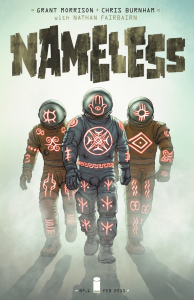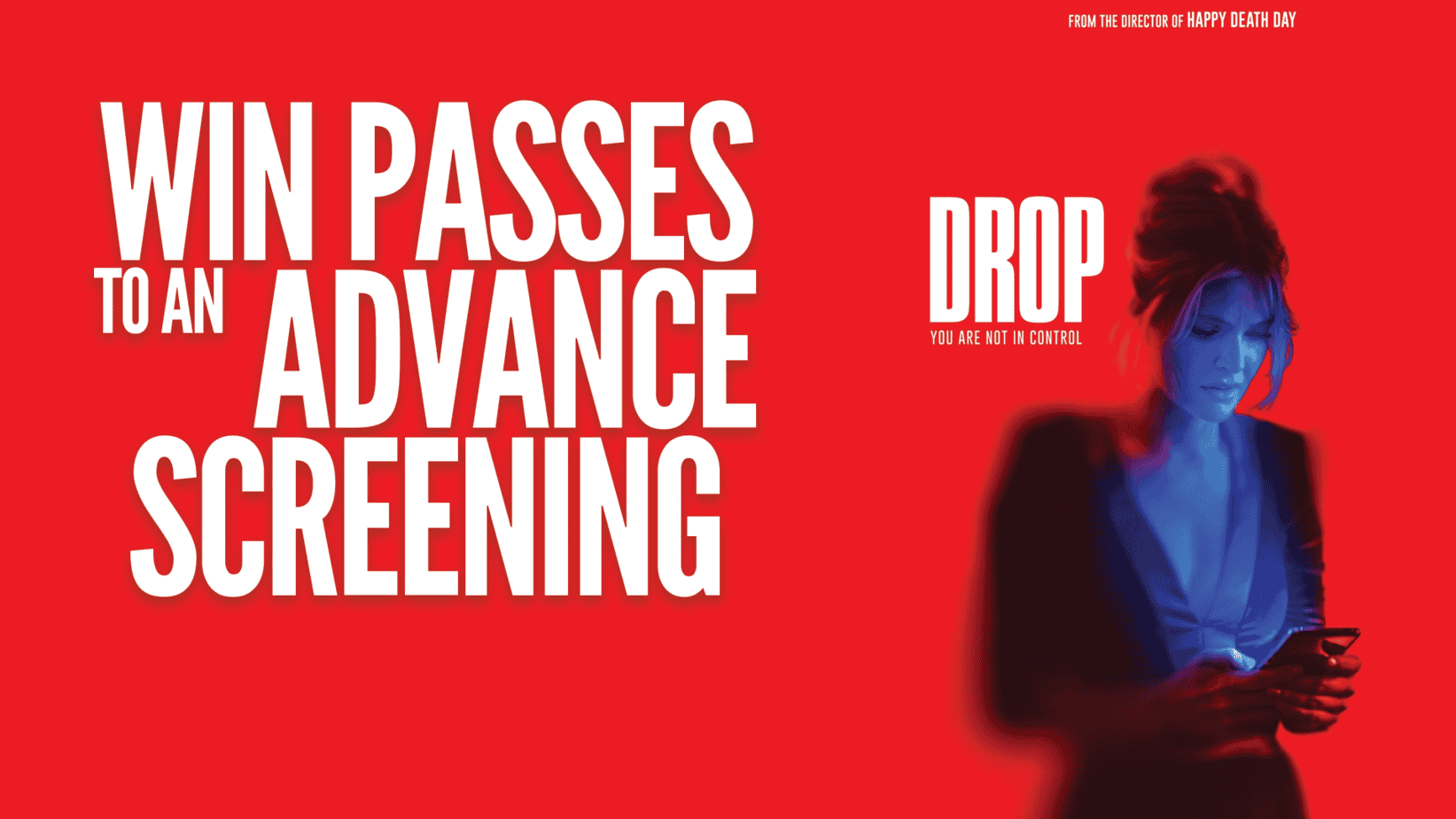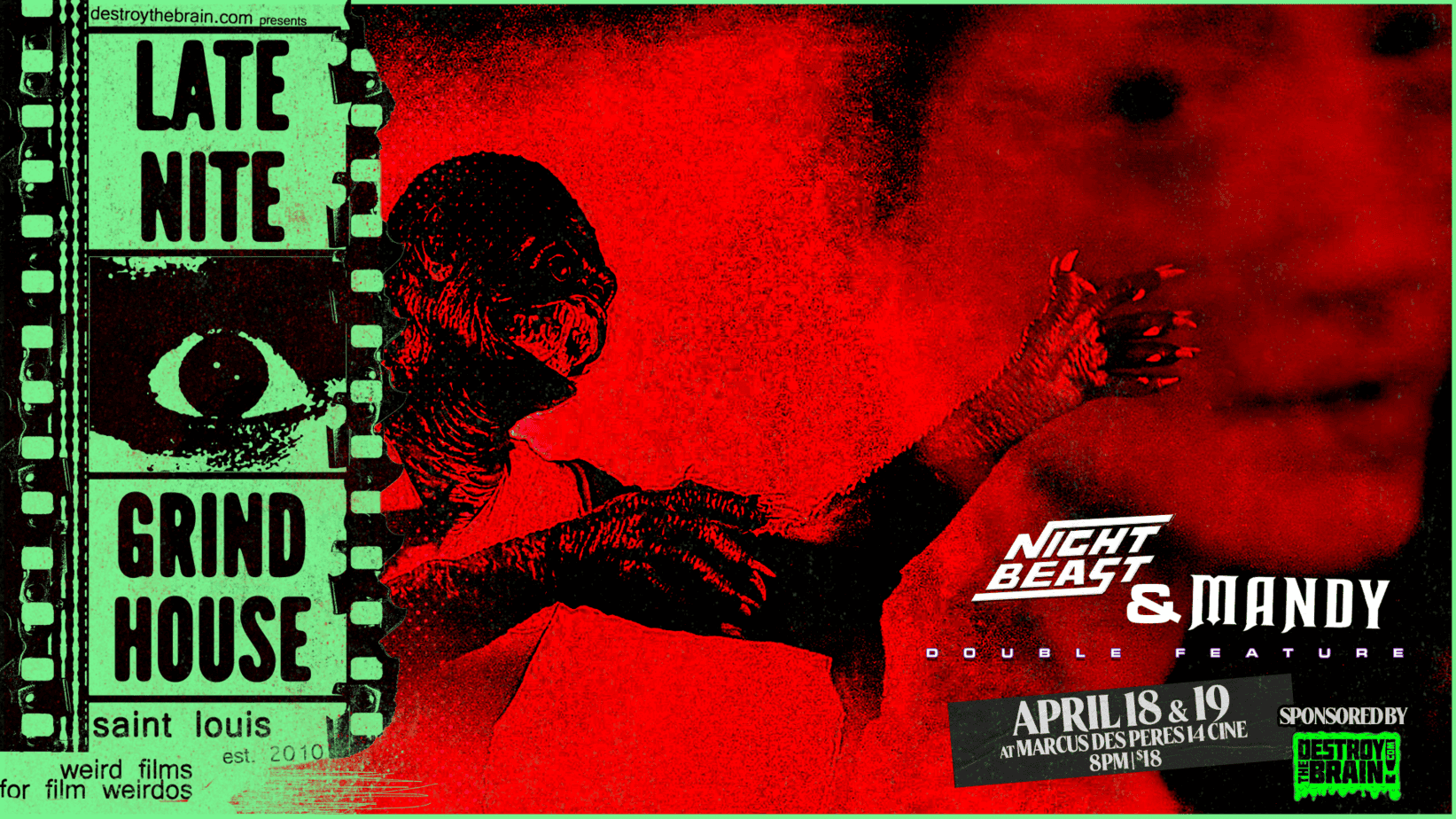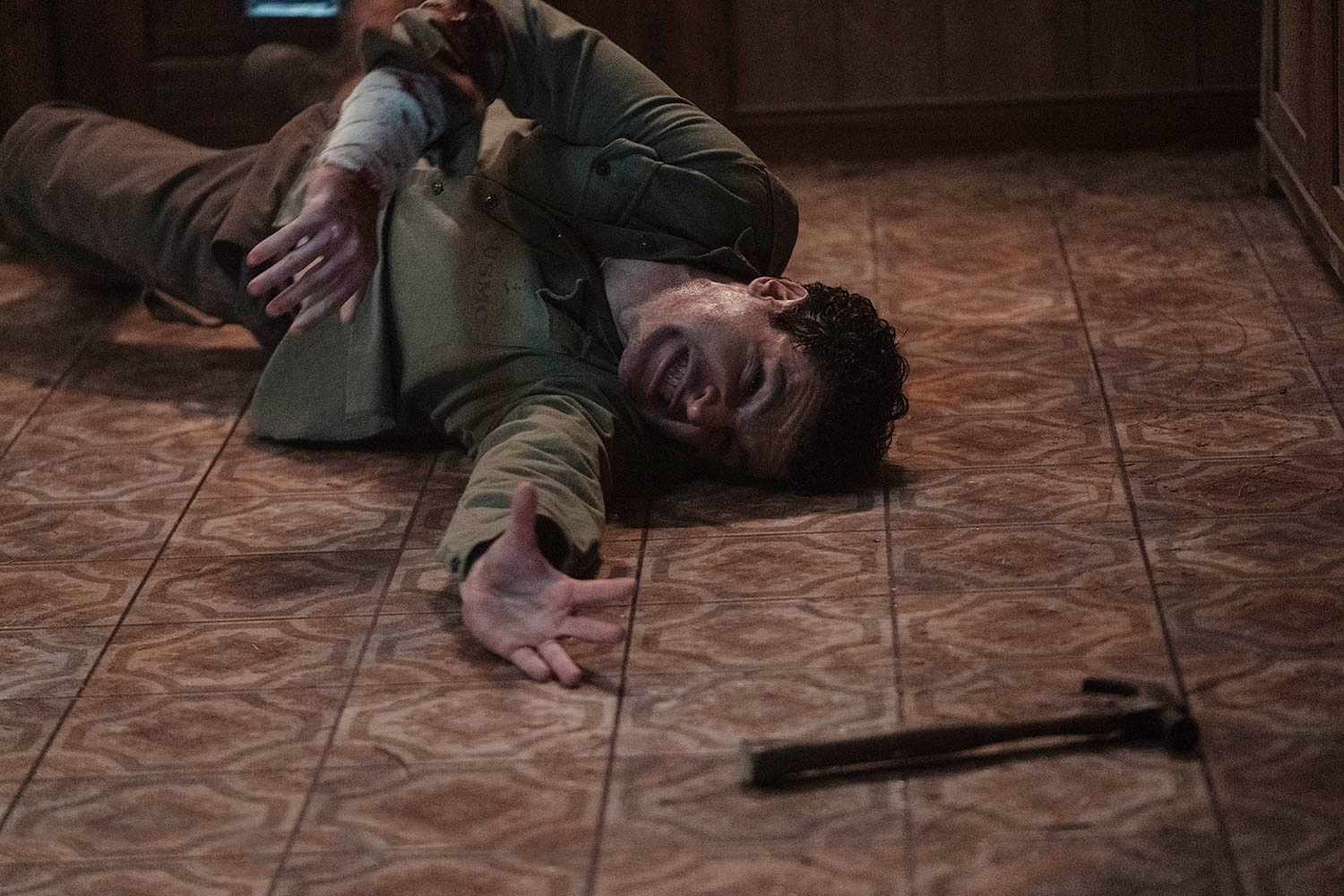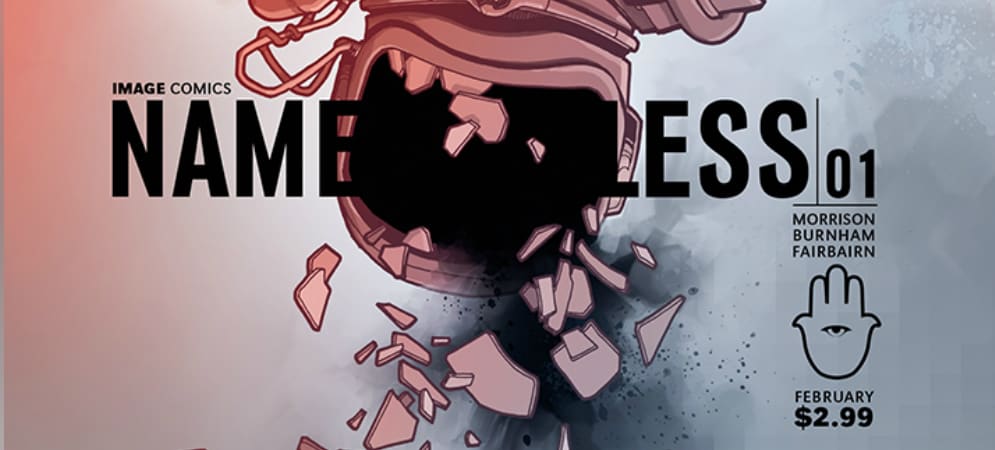
Comic Review: NAMELESS #1
NAMELESS #1
Writer: Grant Morrison
Artist: Chris Burnham
Colorist: Nathan Fairbairn
Publisher: Image Comics
Price: $3
I’ve read one or two of Grant Morrison’s comics, but not many. We3, Arkham Asylum: A Serious House On Serious Earth and his Emma And Mrs Peel series. I find him… overrated. But I haven’t read any of what is considered his iconic work so maybe I am not the best person to be making comparisons but the fact is that what I have read just isn’t that striking. That being said, he’s leveraged his significant influence to bring “weird” into the realm of mainstream comics, specifically with his recent Multiversity work for DC, as well as his Batman comics. And anyone who can connive the average superhero dweeb into enjoying surreal and creepy stuff deserves recognition. Nameless appears to be his first creator-owned work in a while, near as I can tell, so let’s see what he does with it.
Nameless, no surprise, is heavily influenced by Lovecraft. This is a recurring theme, it seems, for English comic book writers; Alan Moore’s most recent creator owned property, The Courtyard, was heavily Lovecraft, almost to a fault honestly. It has made me wary and consequently I went into Nameless with tempered expectations. Morrison, though, isn’t Alan Moore by quite a notch, being a little less traditional in his approach. The story kicks off with a scene of pure horror interleaved with psychedelic surrealism, far more intense than Alan Moore’s more subtle creeping terror. This zooms out to incorporate a global menace, upping the ante in a vaguely threatening manner before zooming in again to introduce an intriguing antagonist. From there, it accelerates into a skewed, mind-bending chase scene that ends by introducing a different conflict entirely? This immediately makes me suspicious; why introduce an interesting antagonist unless they’re going to play a part in the larger narrative?
Regardless, there’s a lot of really fun, occult madness constantly bubbling up through the action-packed narrative. That said, it seems like Morrison is just bouncing from idea to idea as he escalates the story from an earth-bound one to suddenly being in space? It’s hard to complain because, if anything, the common syndrome of modern horror comics is to be a bit stagnant, so it’s refreshing to have a Lovecraftian story that moves quickly. It really only works by being mired in esoteric weirdness that relates tangentially to the ongoing story; for example, dropping a background for Xibalba, the killer asteroid, doesn’t mean much to anyone not familiar with the significance of Mayan mythology. So in some respects, readers who aren’t versed in the occult are missing out. This isn’t a knock against the writing but it’s a caveat for anyone looking to enjoy the entirety of Nameless.
Artwork-wise, Chris Burnham is absolutely on-point and might have been the best possible choice for this comic. There’s a publisher, Avatar Press, who published Alan Moore’s The Courtyard but also many other Lovecraftian horror comics, and they have a stable roster of artists. All those artists are kind of awful. They’re technically proficient but there’s no style or subtlety or restraint, all of which are in play with Nameless. For example, there’s a fade in in a scene taking place in a swamp; the first panel starts off as a silhouette and, as the protagonist stumbles toward the POV, it takes on definition; that’s a great example of the refined art Burnham adds. Another example is a panel that takes place underwater and has a meditative simplicity to it. The layouts are bold and rhythmic, unorthodox to the point of being unsettling, using mirrored panels and intrusive ones, rounding off their corners at time. The first ten pages are especially frenetic, with gutters slashing from corner to corner, bisected trapezoidal panels, etc. The rest of the comic is more settled to delineate the world of the real from that of the the Dreamlands. By this merit, the page that introduces the Xibalba sigil, a page with a disorienting panel layout, implies the dissolving reality around the asteroid Xibalba.
I’d also like to note the presence of floating dream worms that bear a remarkable resemblance to the ones in From Beyond. Granted, they’re both based on moray eels and it’s quite possible there’s a coincidence there but I’m hoping it’s not.
Colorist Nathan Fairbairn is probably, in terms of importance, even with artist Chris Burnham. There are more hues and shades of color on one page of Nameless than there are in a dozen comics. Then there’s the moments of explosive intensity, panels that are flooded in noxious pinks or pulsing reds but more often Fairbairn laces the visuals with lush notes of purple and blue, letting the shadows breathe, aiding in the mystery without drowning Burnham’s art in darkness. Unfortunately, the lettering is not even halfway approaching the enthusiasm and energy the core artists exhibit. I can count on one hand the number of pages that sound FX at all and while those are decent, they’re not enough to make up for the complete absence of them elsewhere.
Nameless is an interesting proposition. Visually, it’s absolutely crazy, balancing a conventional overall structure with the kind of screwy, off-kilter distortion rightfully appropriate for a Lovecraftian thriller like this one. As for the writing itself, it’s no small feat to update Lovecraft’s overwhelming, claustrophobic into the modern era and Morrison tries his best, stirring in drones, space travel and rooting the setting in real world locales as often as possible, for now at least. But his protagonist is a bit on the weak side, basically a callous arrogant jerk with nothing to define him besides a knack for the occult as well as getting out of tight spots. Hopefully, this will be rectified in future issues but likely at the cost of pacing. Still, at only $3, this is a debut you can’t miss, if only for the unmatched weirdness.

